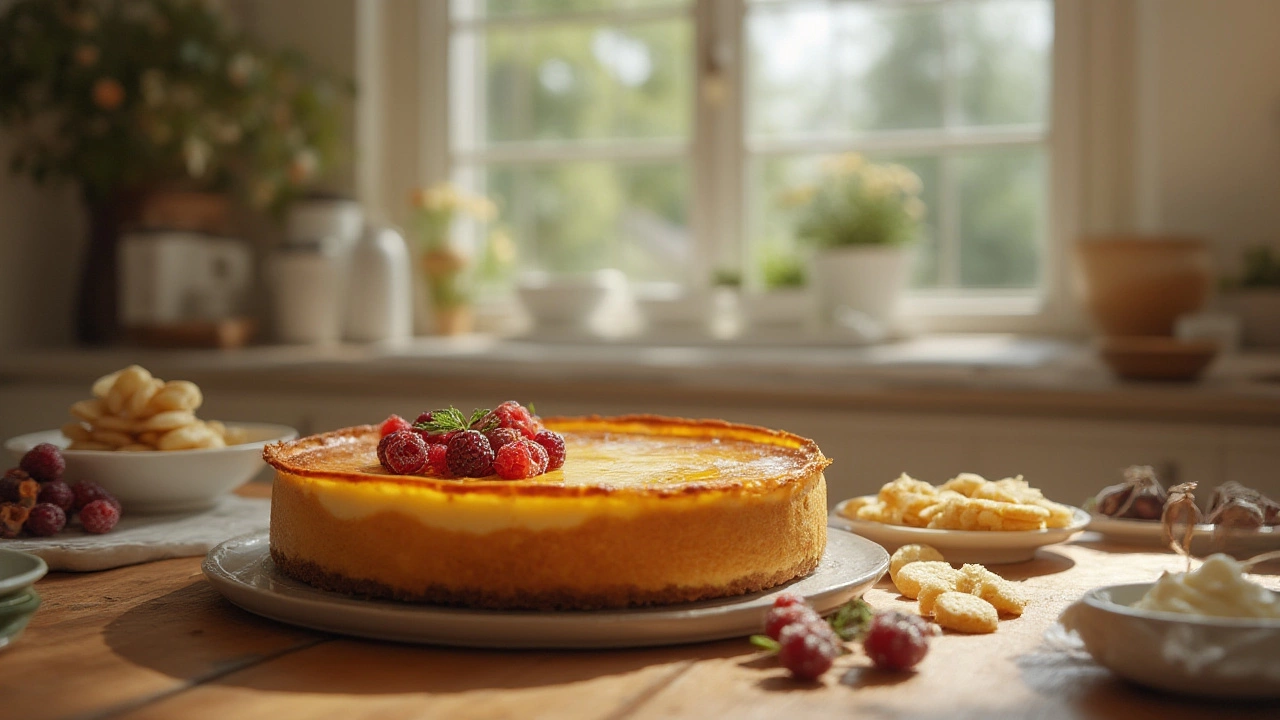
Picture this: you lift your fork, the tip sinks into a velvety layer, and each bite wraps around your tongue like a luxurious hug. There’s a reason cheesecake isn’t just another dessert on the table—it’s the dish everyone secretly hopes will still be there by the time dessert is served. But what’s hiding behind that almost-melty, just-the-right-amount-of-tang flavor? Let’s pull back the curtain on what actually makes cheesecake taste so special.
The Science Behind Cheesecake’s Irresistible Flavor
Chemistry doesn’t usually sound delicious, but when it comes to cheesecake, the science is mouthwatering. At its heart, cheesecake is a fascinating blend of rich dairy, sugar, eggs, and just a hint of acidity. Cream cheese, which forms the base of most classic cheesecakes, is packed with fat—sometimes up to 33%. That fat isn’t just there for richness; it actually coats your taste buds, slowing how fast flavors leave your mouth. What you get is this extended, creamy experience that lets you savor every note.
Let’s talk about sugar. Adding sugar isn’t just about sweetness—it balances the tanginess of the cheese and rounds out harsh edges. Use too much, and it’ll drown the subtle dairy flavors. Skimp, and the tartness can be overpowering. There’s a golden zone that experienced bakers talk about: it’s usually somewhere between 150 to 200 grams per 500g of cream cheese, but this changes by region and personal taste. Vanilla is another essential. Real vanilla extract, never essence, brings out hidden nuances in the cheese. It’s like turning the flavor’s volume up without adding more sugar.
When you bake a cheesecake, gentle heat is key. Too hot, and you’ll end up with a dense, dry filling full of air pockets. Cheesecakes love to bask in a slow oven or even a water bath (called a bain-marie). This keeps the texture silky. The eggs function as binders, softly setting the mixture as it bakes. Too many, and you’ve got a baked custard; too few, and the whole cake slumps. Usually, for every 500g cream cheese, two or three eggs keep things creamy without tipping over into omelette territory. A fun fact: the Maillard reaction, which causes browning and that special aroma in baked goods, plays its part only at the very edges of the cake here, but enough to lend just the tiniest hint of caramelized flavor.
Acid is the quiet hero. Sometimes it sneaks in as lemon juice, sometimes as sour cream or Greek yogurt. Its job is to sharpen flavors and balance the luscious fat. Add some zest, and you’ll smell the difference before you taste it. Here in New Zealand, the cream cheese sold in blocks is usually firmer, giving a slightly cheesier bite compared to the tubs used in other places (like the US). Different brands can change the entire personality of your cheesecake, so don’t be afraid to experiment if you’re baking at home.
The Unique Texture: Creamy, Dreamy, and Never Boring
It’s not all about taste; texture does some serious heavy lifting. Cheesecake manages that rare trick of being utterly dense yet impossibly light. What causes that almost mousse-like, smooth texture? It all starts with the ratio of cream cheese to eggs and the gentle mixing—never overbeat, or you’ll trap too much air and risk a soufflé situation. Cream is sometimes added (heavy cream, not milk), upping the silkiness to another level.
The temperature when you mix is crucial. If your dairy sits too cold, you’ll get lumps. Leave everything on your benchtop until it’s at room temperature before you even turn on the mixer. This is a tip straight from professional pastry chefs across Auckland who swear by the “soft-in, smooth-out” rule. When ingredients blend easily, you avoid the gritty bits that can pop up in colder mixes.
The way cheesecakes are baked really changes the final mouthfeel. Classic New York cheesecakes bake low and slow; Japanese “cotton” cheesecakes bake with a touch of flour and extra eggs, puffing up before sinking into a feather-light texture. Raw or “no-bake” cheesecakes swap the oven for gelatin or whipped cream as the setting agent, making a dessert that’s more like pudding crossed with the richest trifle you’ve ever tried. No-bake versions often have an even creamier mouthfeel because no heat disturbs the fat structure—think of it as next-level dairy decadence.
Now let’s not forget the crust. Graham cracker is the standard in North America, but in New Zealand and Aussie homes, crushed digestives or wine biscuits do the trick. A pinch of salt in the crust makes the filling sing by contrast. Press too thin and you miss out on crunch; make it too thick and it overshadows everything. Some bakeries bake theirs extra-long for a caramel-like backbone, while others keep it almost pale for a neutral stage that lets the filling shine.
Chilling is just as important as baking. Never rush cutting into a cheesecake; its flavor and texture develop as it sets in the fridge, ideally overnight. The center firms up, and the whole slice settles into that perfect, luscious bite. This is one dessert where patience really does pay off, and if you’ve ever tried a warm, freshly baked cheesecake next to a properly chilled one, you know the chilled version is worlds apart—silky, cohesive, perfect.
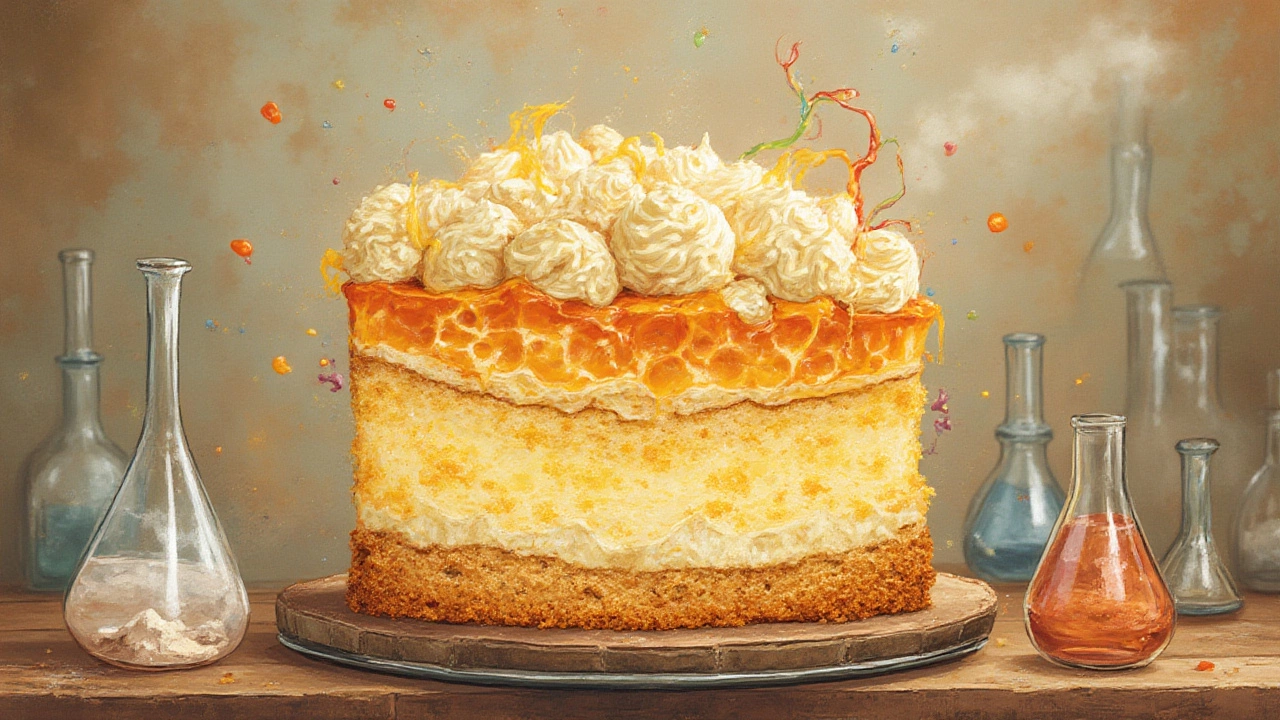
Flavor Combinations That Build on the Classic
Cheesecake is the ultimate blank canvas. Its mild tang loves to be paired with bold, bright, and unexpected flavors. At its simplest, a plain cheesecake is pure luxury. But add a swirl of berry compote—raspberry, boysenberry, or even feijoa, which is a New Zealand autumn staple—and you get a contrast that makes every mouthful more exciting. Any fruit with a hint of acidity will cut through the richness and create those perfect bites that never feel too heavy.
Chocolate lovers often go wild for a marble swirl, but white chocolate cheesecake is even more popular in many Kiwi cafes. The extra fudge factor pairs ridiculously well with a passionfruit glaze or a little tang of yuzu. Salted caramel, toffee shards, caramelized macadamias—these turn a simple slice into a showstopper. If you want to take things somewhere unexpected, try adding miso or sour tamarillo into the filling, both becoming star flavors in Auckland’s more experimental patisseries.
For those chasing crunch, the crust is a playground. Swap out biscuits for gingernuts, cocoa cookies, or even an oat and coconut ANZAC biscuit base. Some local cafes press a layer of hazelnut praline between crust and filling for extra texture. The layering isn’t just for looks; pastry chefs say it helps keep the crust crisp, even as the filling sits for a couple of days.
Nuts and spice turn up flavors even more. A cinnamon spiced swirl through the batter gives warmth, while a splash of amaretto or Baileys in the cheese adds new depths. Some home bakers whip through a bit of Greek yogurt for tang, especially in the lighter no-bake versions, and it’s catching on for the way it cuts sweetness and lifts flavors. If dairy is a no-go, vegan cheesecakes have exploded in popularity, with silky cashew bases mimicking the same mouthfeel as traditional cream cheese. Kiwi plant-based bakers get really creative with flavor layers—think lemon-lime, matcha, or even kawakawa (a native spice), giving something uniquely local to the classic cake.
Of course, a perfect cheesecake isn’t just about mixing things together or topping it with fruit. Layering flavors and textures takes forethought. Pour a sharp berry sauce over a cheesecake that already has a citrus tang and you’ll taste fireworks. If the base is sweet, go for a filling that’s more subtle. And if you’re feeling bold, try a drizzle of olive oil and sea salt flakes on a slice with bitter chocolate—something the trendiest Auckland restaurants have been rocking for a couple of years now.
Troubleshooting and Expert Tips for the Best Cheesecake
Even the best ingredients need a steady hand and a few tricks to turn out a perfect cheesecake. There are a couple of common pitfalls—cracked tops, dry centers, and soggy crusts. The easiest way to dodge cracks is patience: bake low, let it cool slowly, and never open the oven door during baking. Once it’s done, leave the cheesecake to cool in the turned-off oven with the door propped open. The slow cool-down means the top sets gently, staying smooth and even.
If your cheesecake is dry, you may have overbaked or baked it at too high a heat. Always take it out when the center still has a gentle wobble—it’ll keep setting as it cools, thanks to residual heat. A water bath can work wonders here. Just wrap your springform tin tightly in foil to keep water out and place it in a roasting pan filled with hot (not boiling) water. This shields the filling from direct heat, helping to prevent both cracks and dryness.
A soggy crust is heartbreaking after all that effort. To avoid it, bake your crust for a few minutes before adding the filling. Line your tin’s base with baking paper and brush with a bit of melted butter. For no-bake cheesecakes, chilling the base before topping helps keep it crisp. If you use juicy fruit as a topping, try adding a thin layer of melted chocolate or jam between the crust and the filling as a barrier—professional bakers swear by this trick.
Start with the best cream cheese you can find, but don’t overlook the role of full-fat sour cream or crème fraîche—they add complexity and tang. Don’t be afraid to use citrus zest (lemon or lime), but go easy: a scant teaspoon for a whole cake is enough to brighten the flavor without accidentally turning it into a cheesecake version of lemon curd. Always sift your sugar to avoid graininess, and mix slowly to avoid beating too much air into the batter.
For extra smooth slices, use a long, sharp knife dipped in hot water and wiped clean between cuts. And remember—the flavor gets better with time. If you can resist temptation, cheesecake is even tastier the next day or two after making, so plan ahead if you want to wow your guests.
The thing about cheesecake is that it’s all about harmony. Fatty cream cheese, sweet sugar, gentle acidity, the right amount of eggs, and that subtle crust crunch—each part has its role. When you nail the balance, each bite feels like the best kind of magic trick, rich but light, sweet but not cloying, sharp but never sour. When people ask, “why does cheesecake taste so good?” you’ll know it’s not just the ingredients—it’s the dance between them, the science, and the care bakers put in, from first whip to last chill.


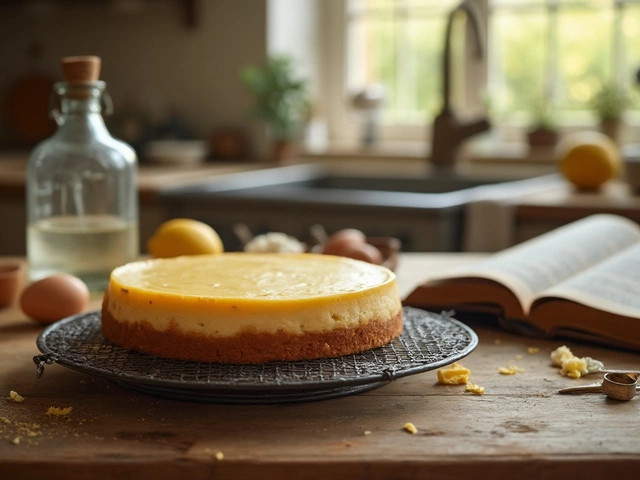
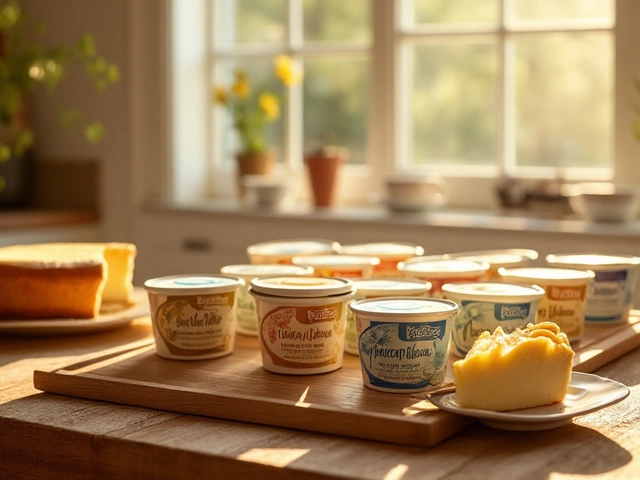
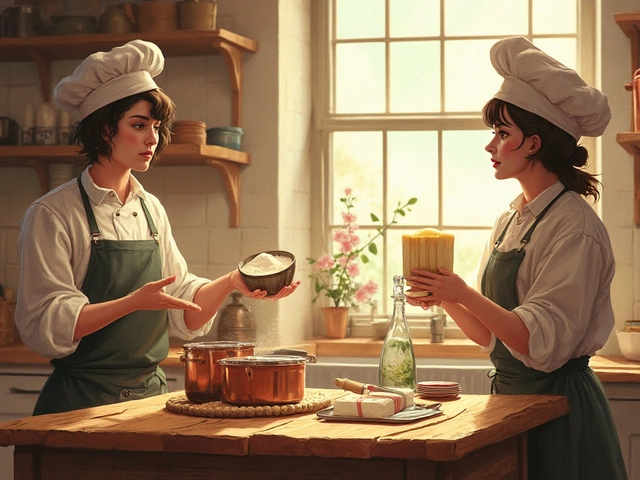
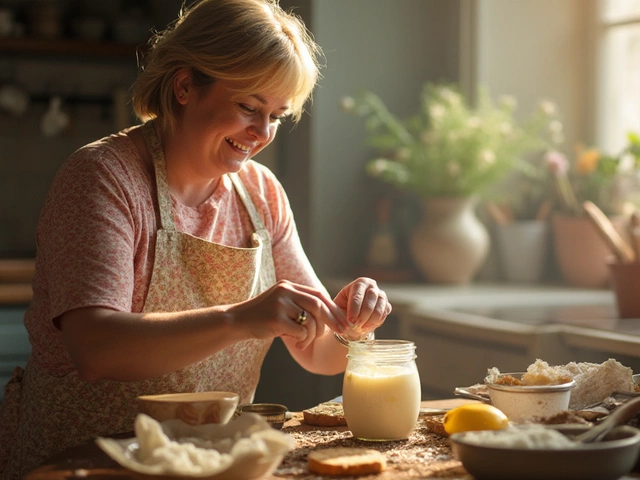
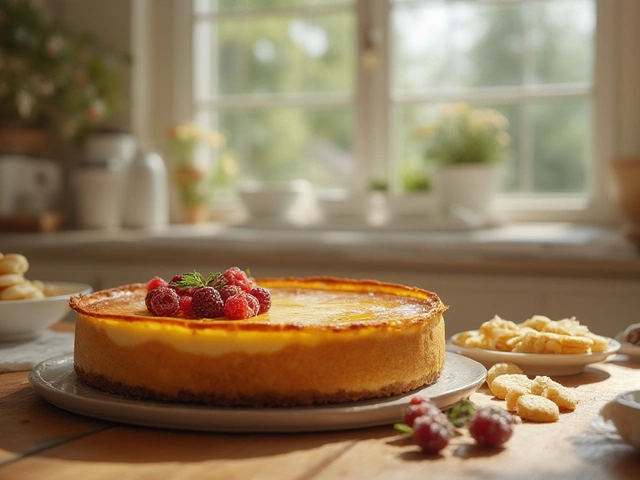
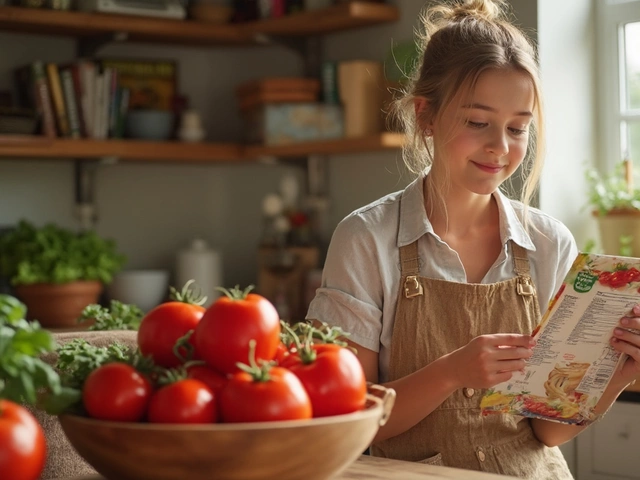
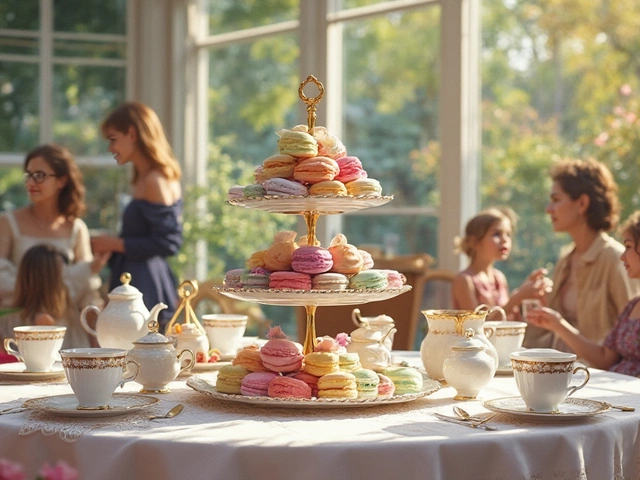
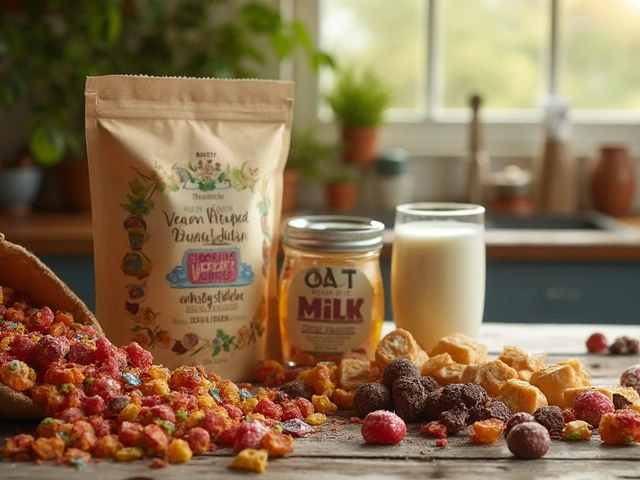
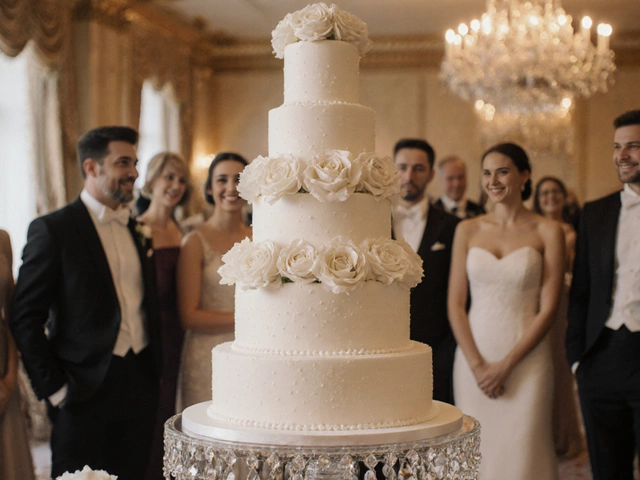
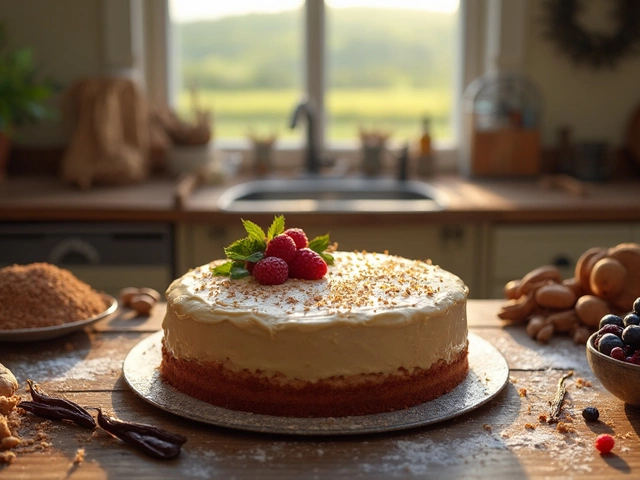
Write a comment